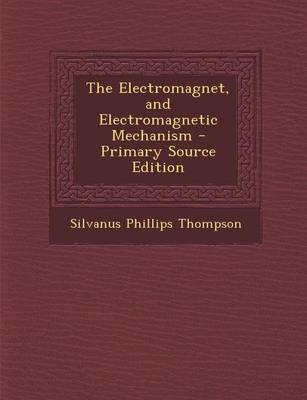Cambridge Library Collection - Technology
2 total works
Silvanus P. Thompson (1851-1916) was a physicist and electrical engineer. A professor by the age of 27, he taught at University College, Bristol, and the City and Guilds Finsbury Technical College in London, and was a leading expert on the newly emerging subject of electrical lighting. This work, first published in 1884, is considered a classic in the field. In this third edition (1888), Thompson explains that he has updated much of the work, and made an important amendment in Chapter XIV about the introduction of magnetic circuits into theoretical arguments about energy production. The book begins with an explanation of how dynamos turn mechanical power into electricity, and moves on to discuss some historical background and theoretical aspects before giving detailed descriptions and illustrations of the many types of dynamo. It is an important source document for the field of electrical engineering at the end of the nineteenth century.
The Electromagnet, and Electromagnetic Mechanism
by Silvanus Phillips Thompson
Published 22 February 2010
Silvanus P. Thompson (1851-1916) was an engineer and physicist who researched aspects of electricity, magnets and optics. He spent his career teaching, first as a professor in Bristol and later in London, at the City and Guilds Finsbury Technical College, and he was a frequent public speaker on scientific matters. Over the course of his career he became especially interested in technical education, and produced many books that explained complicated scientific concepts with clarity, including his most famous work Calculus Made Easy. In this work, published in 1891, Thompson explains the importance and function of the electromagnet. Starting with the history and development of electromagnets, the work looks at the principle of the magnetic current, and gives detailed descriptions - including numerous technical illustrations - of electromagnetic motors and machine tools, providing an engaging guide to the latest forms of scientific knowledge at the end of the nineteenth century.

